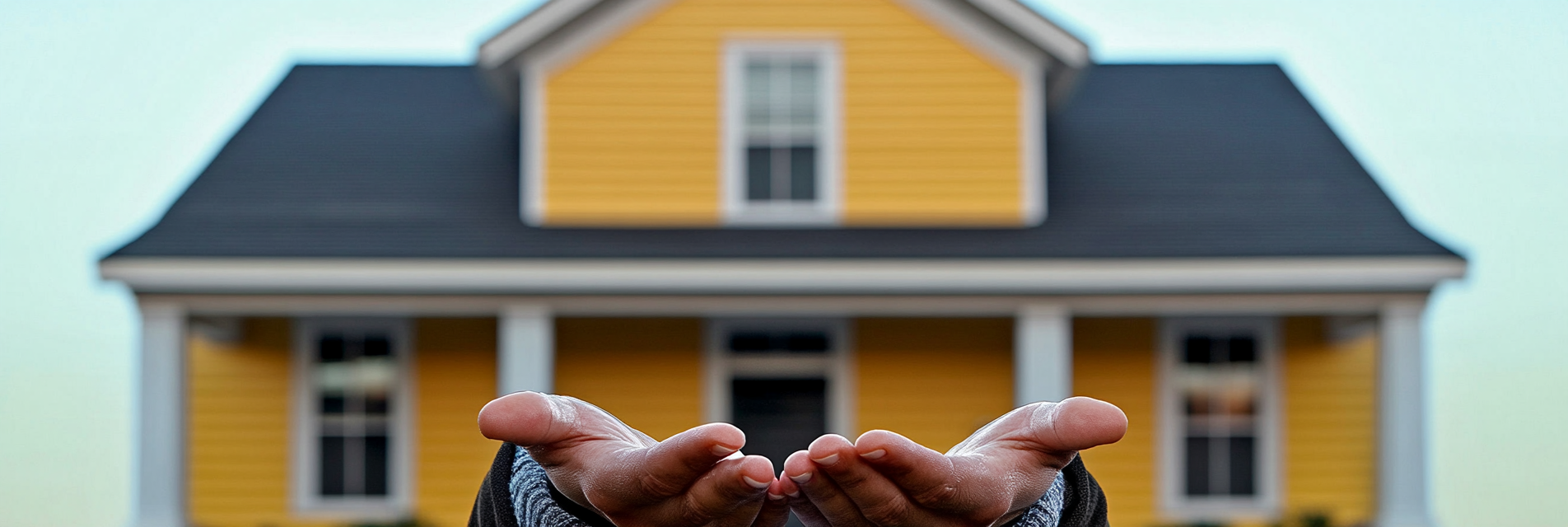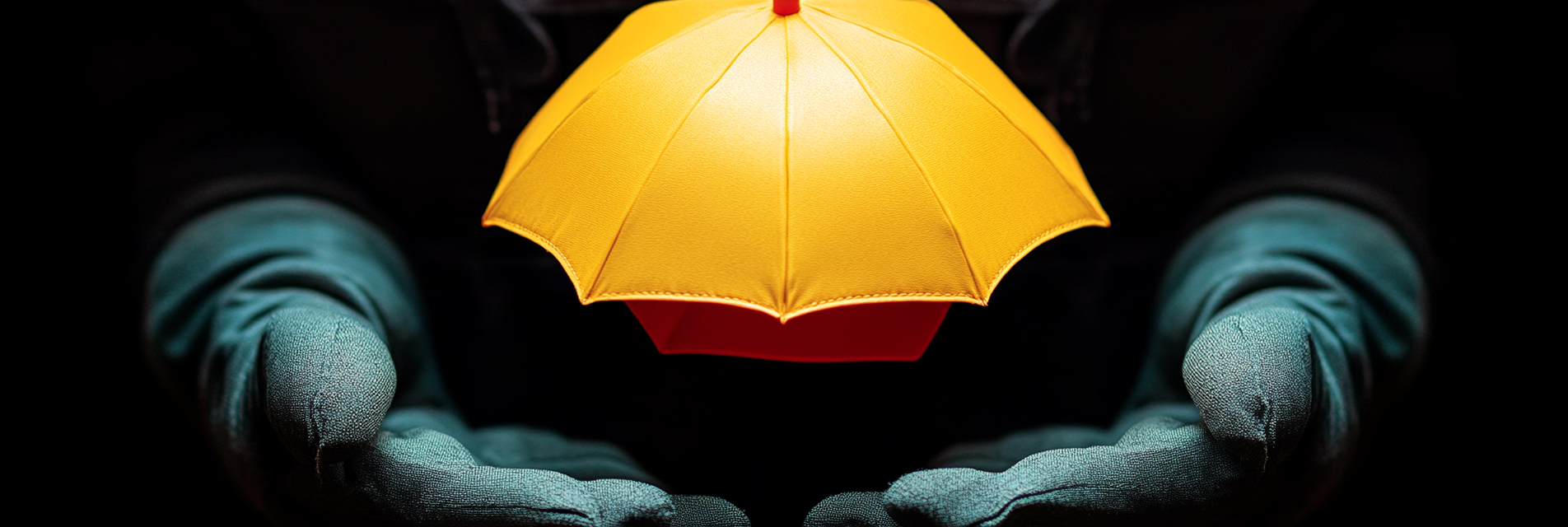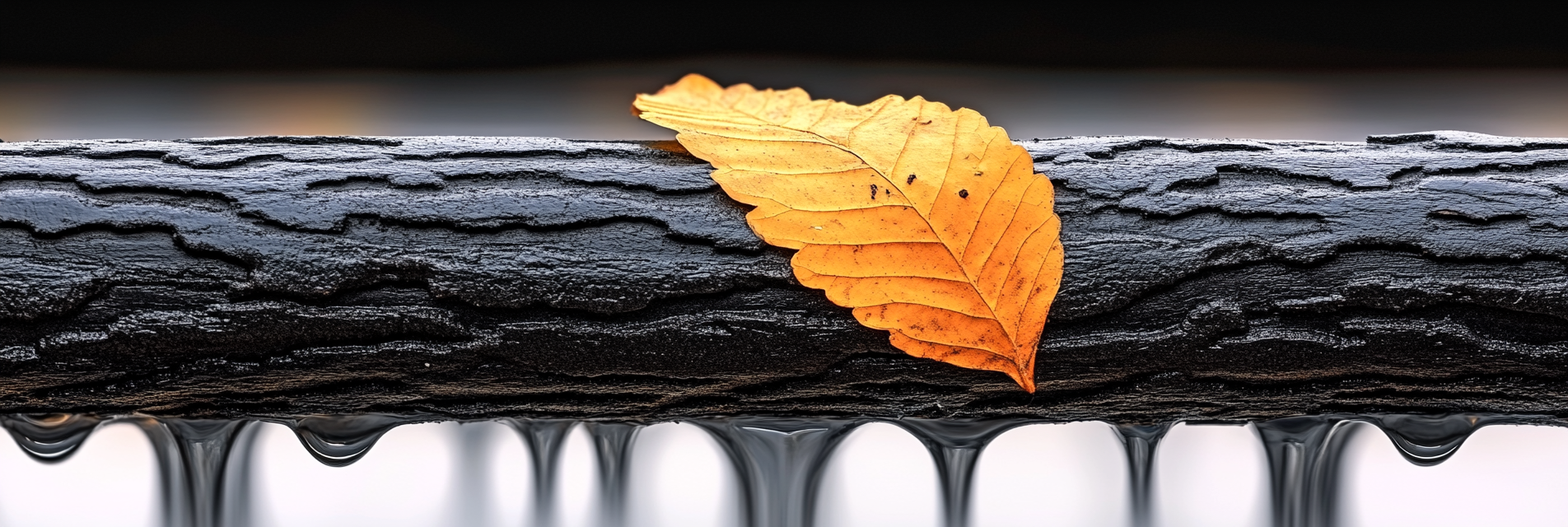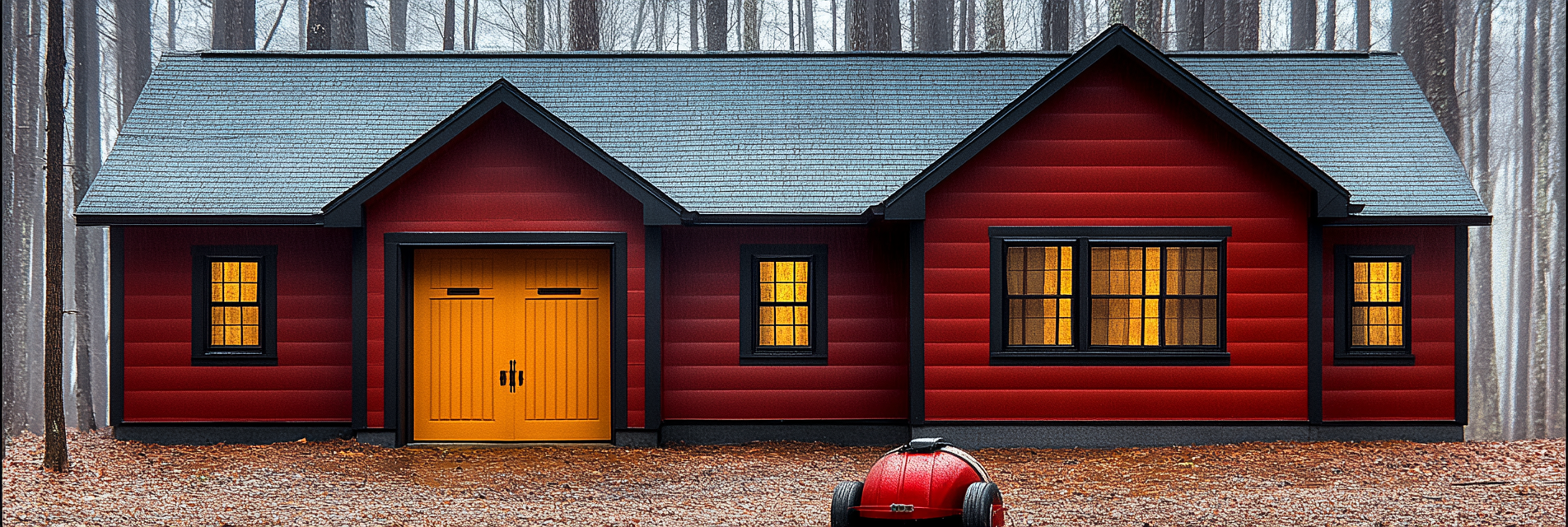Even here in the Tri-Cities, winter storms can bring snow, ice, and freezing temps that may cause damage to your home or property. In this article, we’d like to help you understand what your home insurance covers and how to appropriately supplement so that you have comprehensive protection. We also included some tips on how to prepare for the colder months here in Kennewick, Richland, Pasco, and all our outlying areas.
1. What Does Winter Storm and Snow Damage Coverage Include?
Standard home insurance policies do generally provide coverage for damage caused by winter storms, whch is good. However, there are some nuances.
Typical Coverage:
- Structural Damage: Damage to your home’s roof, walls, and structure from the weight of heavy snow or ice. We do get our ice storms here, don’t we?
- Burst Pipes: Water damage from frozen or burst pipes is often covered, as long as the homeowner has taken reasonable steps to prevent freezing. You’ll want to show that you cover your crawlspace vents and leave the thermostat on all winter to keep the inside of the house warm, which is a big help in reducing the chance of a frozen pipe.
- Ice Dams: Water damage resulting from ice dams that form on the roof and cause leaks may be covered under certain conditions, too.
- Additional Living Expenses (ALE): If your home becomes uninhabitable due to winter storm damage, your policy may cover the cost of temporary housing. Review it annually to be sure (https://dryerfirefighters.com/reviewing-your-home-insurance-policy-annually-why-its-important-and-how-to-do-it/)
Important Note: Coverage for winter storm damage may require the homeowner to have taken preventive measures to allow for a claim to be paid, such as maintaining a warm climate in the home to show your pipes were being maintained during those freezing nights.
2. What Isn’t Covered?
While most standard policies provide the basic coverage we outlined above, there are potential exclusions and limitations that you should know about.
Common Exclusions:
- Negligence: If a claim results from a lack of maintenance or failure to take reasonable preventive measures (e.g., leaving a home unheated), your claim probably will be denied.
- Secondary Structures: Detached structures such as sheds or gazebos probably have limited coverage.
- Gradual Damage: Long-term issues, such as wear and tear or gradual roof damage from snow and ice over time, may not be covered. The damage generally must happen from a sudden event.
Expert Tip: Review your policy for exclusions related to maintenance and be sure you understand what is considered reasonable preventive action. We recommend talking with Adam Hoover of Country Financial (https://advisors.countryfinancial.com/usa/wa/kennewick/adam-hoover). That’s who we personally trust and do business with.
3. How to Strengthen Your Winter Storm Coverage
If you feel you are in an area prone to severe winter weather, adding endorsements or supplemental coverage is probably a good idea. We don’t typically have severe winter storms in the Tri-Cities, but it can happen occasionally and without much warning.
Options to Consider:
- Sump Pump and Water Backup Endorsement: Covers water damage that you suffer from a backed-up sump pump or drainage system during a winter storm.
- Increased Coverage Limits: Increase the policy limit on parts of your insurance you feel is necessary to ensure you have enough protection in the event of a bad winter storm.
- Additional Roof Coverage: An endorsement that includes extended coverage for damage caused by the weight of ice and snow. This is very important for people with flat roofs.
Recommendation: Use roof heating cables to help prevent the formation of ice dams and minimize the risk of water damage. Yes, it’s a thing.
4. Cost Factors and Deductibles
Winter storm coverage you want for your house can vary in cost because of the age of the home, where it is located, and any existing safety features you already have installed or are using.
Factors Influencing Costs:
- Home Age and Construction: Older homes or homes with older roofs will definitely have higher premiums due to the increased risk the insurance company must carry.
- Location: Homes in areas known for severe winter weather may have higher premiums or specific policy stipulations than in other regions. If you have multiple homes, be sure to review each policy and consider the factors that increase risk in those two areas.
- Preventive Measures: Installing upgrades such as roof heating cables or pipe insulation may help reduce premiums or qualify you for discounts. Be sure to ask your insurange agent how to reduce premiums or what maintenance items should be done to ensure you don’t get surprised later.
Example: Adding an endorsement for water backup protection can increase your annual premium by $50 to $200, depending on your location and insurance company.
5. Filing a Winter Storm Damage Claim
If your home experiences damage from a winter storm, understanding the claims process will help ensure a smooth recovery.
Steps to File a Claim:
- Document the Damage: Take clear photos and videos of all affected areas and damaged items. Don’t make repairs immediately as this can affect your potential payout.
- Notify Your Insurer: Contact your insurance company as soon as possible to start the process. It can take a long time and the sooner you get going the better.
- Temporary Repairs: Make any necessary temporary repairs to prevent further damage and keep receipts for reimbursement. You may get reimbursed, especially if you can show you took steps immediately to keep the damage from getting worse.
- Work with an Adjuster: Be prepared to meet with an insurance adjuster who will assess the damage and guide the claims process. Get ready by reading this article we posted here: https://dryerfirefighters.com/the-role-of-an-insurance-adjuster-in-home-insurance-claims/
Safety Tip: Be cautious when inspecting a damaged roof or any areas affected by snow and ice. Use a professional for inspections if necessary. We recommend Ryan Brightman at Proper Home Inspections (https://properhomeinspections.com/).
6. Preparing for Winter Storm Season
Taking some of these steps we’ve outlined below can help reduce the risk of damage and make the claims process more effective. For more on emergency preparation for snow and ice, please see the article we posted here: https://dryerfirefighters.com/emergency-preparation-for-snow-and-ice-in-washington-state/
Preparation Steps:
- Insulate Pipes: Use pipe insulation or heat tape to protect pipes from freezing.
- Clear Gutters: Keep gutters clean to prevent ice dams. Make sure when it rains you see the water being directed away from the house efficiently.
- Trim Trees: Trim any tree branches that could fall on your home under the weight of snow and ice.
- Stock Emergency Supplies: Have a supply of essentials, such as food, water, batteries, and blankets, in case of power outages. Elecricity can be off for a long time with ice storms. Here are some more helpful tips we posted: https://dryerfirefighters.com/essential-home-preparation-for-cold-weather-in-washington/ and here: https://dryerfirefighters.com/how-to-prepare-your-home-for-extended-freezing-temperatures/
Product Recommendation: Keep a roof rake on hand to safely remove heavy snow from the roof.
Conclusion
Winter storm and snow damage happens, and it’s important to understand how it relates to your homeowner’s policy. Learn what your policy covers and does not cover and be sure to take some prevention measures. That way you can better protect your home and finances. Dryer Fire Fighters recommends at Tri-Cities homeowners to review their insurance policies regularly and prepare for the winter season to stay safe and secure.
Serving the communities of:
Kennewick | Pasco | Richland | West Richland | Finley | Burbank | Benton City | Prosser | Grandview | Connell
As the sole certified dryer exhaust technician recognized by CSIA.org in the Tri-Cities area, Paul brings a wealth of expertise to fire prevention. His primary focus lies in addressing the root cause of many residential fires: lint buildup in dryer cavities and vents. Through rigorous inspections and thorough cleanings, Paul ensures that families and businesses can enjoy peace of mind, knowing their properties are safeguarded against fire risks.









































